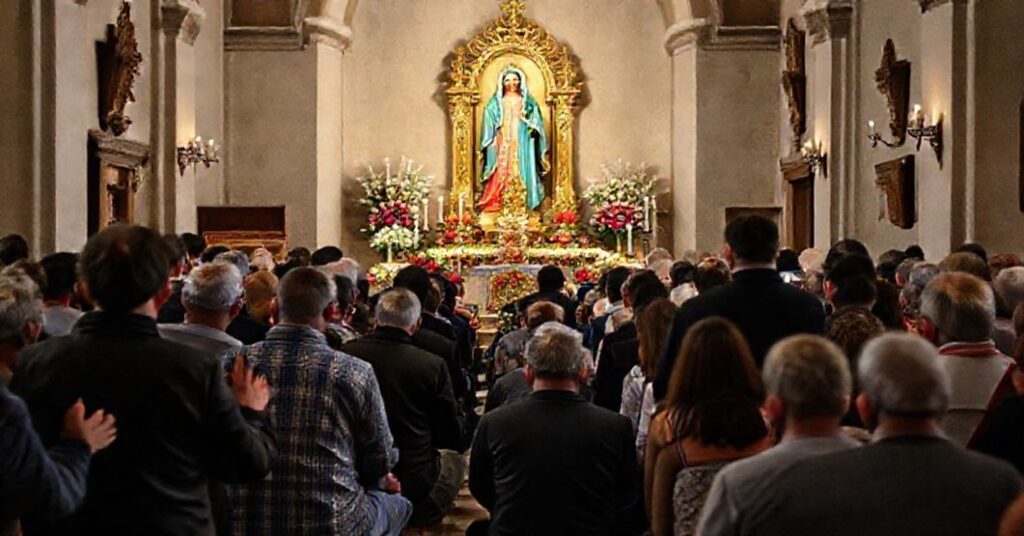ECCLESIAE FILII (1959.06.06)
The document attributed to John XXIII under the title “Ecclesiae filii” is a brief act by which the new conciliar regime designates the Blessed Virgin Mary under the title of the “Immaculate Heart” as principal heavenly patroness of the newly created diocese of Wollongong, attaching to this patronage the liturgical honours proper to a diocesan principal patron. It cloaks itself in traditional Latin, invokes apostolic authority, and presents the move as a pastoral response to “the children of the Church” in a difficult age, seeking Mary’s protection and growth of Marian devotion.










